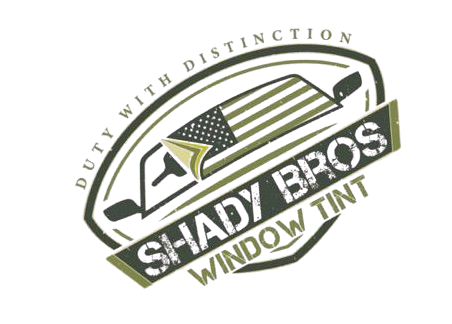Frequently Asked Questions
What is the legal tint in Florida?
In Florida, the legal tint limits are:
- Windshield: Must have a VLT of at least 70%. However, the top strip of the windshield, up to the AS-1 line, can be tinted.
- Front Side Windows: Must have a VLT of at least 28%.
- Back Side Windows and Rear Window: Can be as dark as 15% VLT.
What does VLT mean?
VLT stands for Visible Light Transmission. It measures the percentage of light that passes through a window tint. A lower VLT percentage indicates a darker tint. For example:
- 35% VLT: 35% of visible light passes through the tint, offering a darker shade.
- 100% VLT: All visible light passes through, so there’s no tinting.
- 0% VLT: No visible light passes through, resulting in a complete blackout.
What does UVR mean?
UVR stands for Ultraviolet Rejection. This measures how effectively a window film blocks ultraviolet (UV) radiation. UVR is important because UV rays can cause skin damage, fade upholstery, and deteriorate interior materials. High-quality films typically block over 90% of UV rays, offering significant protection.
What does IRR mean?
IRR stands for Infrared Rejection. It indicates how well a window tint film blocks infrared rays, which are responsible for heat. Infrared rays make up about 53% of total solar energy. A higher IRR means the film reflects or reradiates more heat away, helping to keep the interior cooler and more comfortable.
Do tinted windows affect insurance?
Tinted windows generally do not impact your car insurance rates, provided the tinting is within legal limits. Always check with your insurance provider to ensure compliance and to avoid any potential issues.
Is it worth it to get my car’s windows tinted?
Yes, tinting your car’s windows can be quite beneficial. It helps protect the interior from up to 99% of UV light, reducing cracking and fading of upholstery and keeping the interior cooler. Ceramic tints are particularly effective, offering superior heat rejection and a sleek appearance.
What is the darkest tint you can use and still see well at night?
A 35% VLT tint is often recommended as it strikes a good balance between privacy and visibility. It provides enough darkness for privacy while maintaining clear visibility at night.
